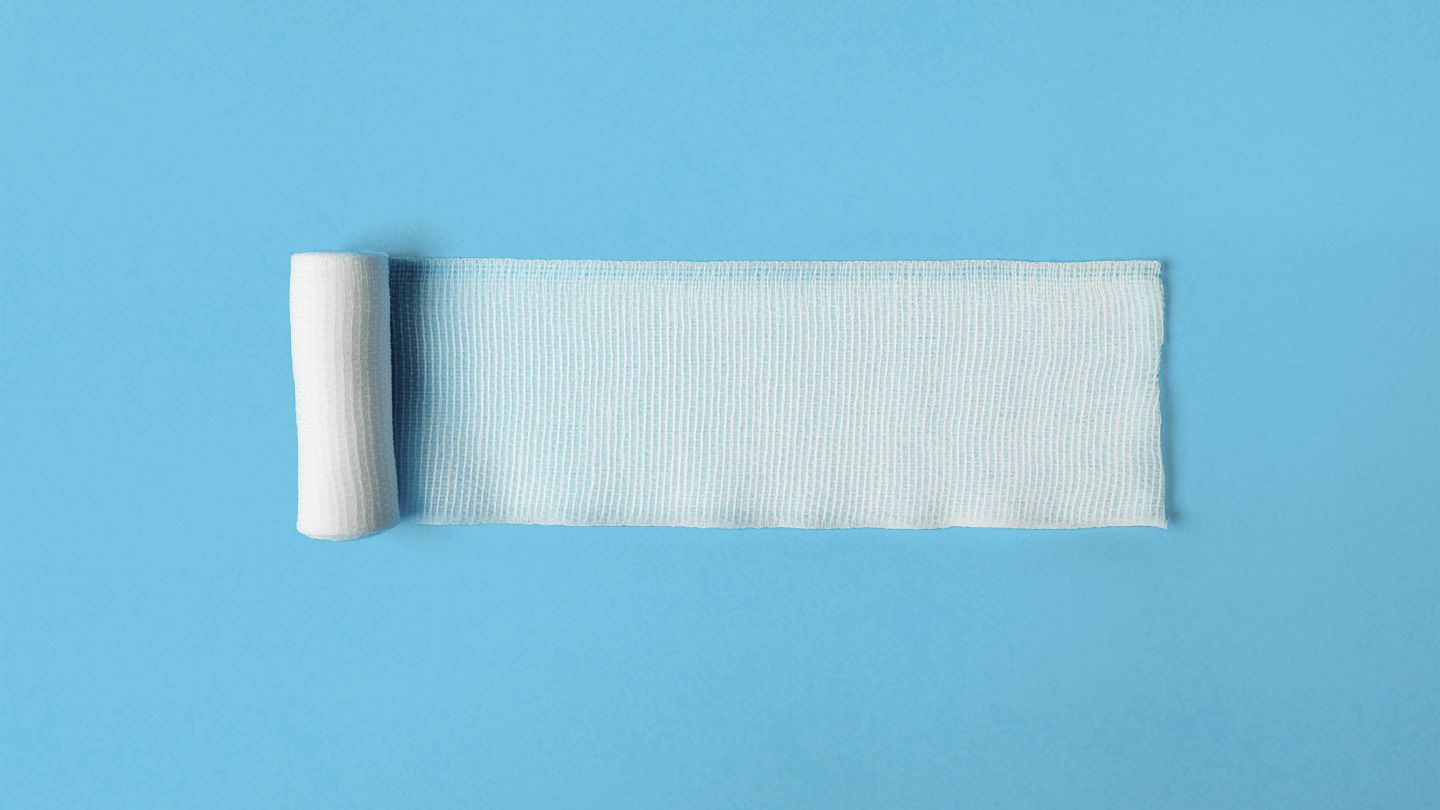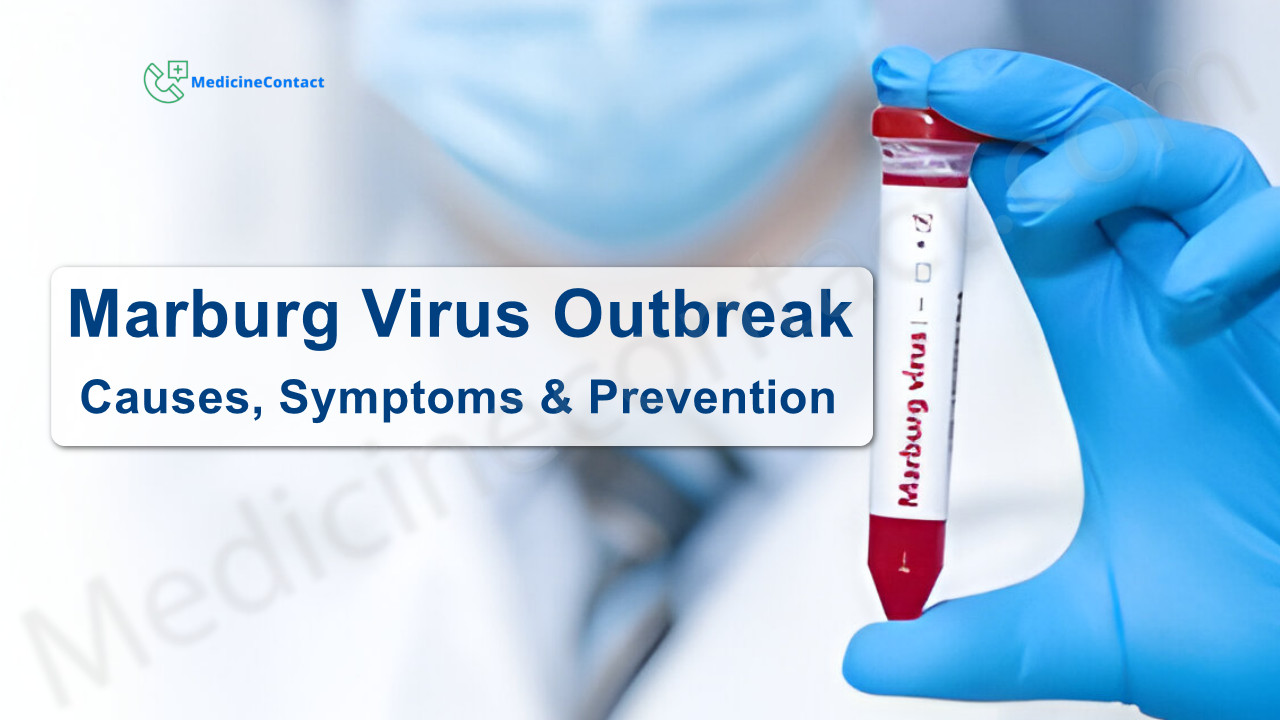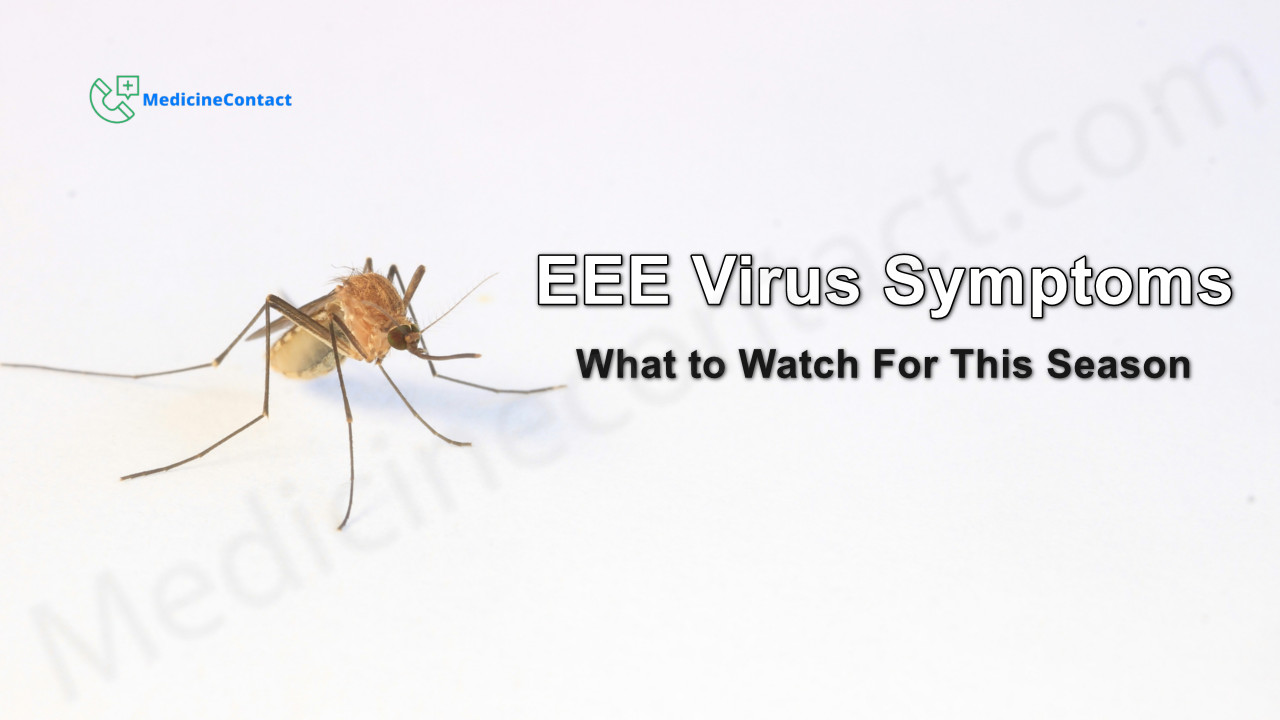
Understanding the Anatomy and Risks
The shoulder is a complex joint where several bones, muscles, blood vessels, and nerves converge. A bullet wound in this area can damage numerous structures, including the clavicle (collarbone), scapula (shoulder blade), humerus (upper arm bone), and the surrounding soft tissues. The close proximity of major arteries, such as the subclavian artery and the axillary artery, increases the risk of significant blood loss.
In addition to external bleeding, internal hemorrhaging can occur, putting the victim at risk of shock, organ damage, and other life-threatening complications. Nerves in the area may also be compromised, leading to potential loss of sensation or movement in the affected arm.
Immediate Response: The First 5 Minutes
The first few minutes after a bullet wound to the shoulder are critical. Here are the essential steps to take:
Call for Emergency Services
If you are not the victim, immediately call emergency medical services (EMS) and provide accurate information about the location, the nature of the injury, and the number of victims. If you are alone, make the call after providing initial first aid.
Apply Direct Pressure
Use a clean cloth or sterile dressing to apply firm, direct pressure to the wound. This helps slow or stop external bleeding by compressing the blood vessels. Continue applying pressure until the bleeding stops or professional help arrives.
Position the Victim
If possible, have the victim lie down on their back with their head slightly elevated. This position helps prevent shock and makes it easier to monitor their breathing and level of consciousness.
Ongoing Care: The Next 15-20 Minutes
While waiting for emergency services to arrive, continue providing care to the victim:
Maintain Pressure and Monitor Bleeding
Keep applying direct pressure to the wound and monitor the victim's condition. If the bleeding persists or worsens, apply additional dressings or improvise with clean clothing or towels to increase the pressure.
Immobilize the Shoulder
Use a sling or improvise with a triangular bandage to immobilize the injured shoulder. This helps prevent further damage and reduces pain from movement.
Manage Shock
Shock can be life-threatening, so it's essential to watch for signs such as pale, clammy skin; rapid, shallow breathing; and confusion or disorientation. Keep the victim warm by covering them with a blanket or coat, and elevate their legs if possible.
Provide Reassurance
Remain calm and offer reassurance to the victim. Keep them informed about the situation and encourage them to stay still and breathe slowly and deeply.
Advanced Techniques: For Trained Responders
Individuals with advanced medical training, such as emergency medical technicians (EMTs) or military personnel, may be able to employ additional techniques:
Wound Packing
Packing the wound with sterile gauze or hemostatic dressings can help control bleeding from deep wounds by applying direct pressure from within.
Tourniquet Application
If direct pressure and wound packing fail to control severe arterial bleeding, a properly applied tourniquet may be necessary as a last resort. This should only be done by trained individuals and only if the wound is life-threatening.
Seeking Professional Medical Care
Even after providing initial first aid, it's crucial to seek prompt professional medical attention for a bullet wound to the shoulder. Victims should be transported to a trauma center or emergency department as soon as possible for evaluation, imaging studies, and definitive treatment.
Remember, the goal of immediate first aid is to control bleeding, prevent further injury, and provide supportive care until emergency services arrive. By following these guidelines and remaining calm and focused, you can significantly improve the chances of survival for a victim with a bullet wound to the shoulder.
FAQs
What are the most significant risks associated with a bullet wound to the shoulder?
A bullet wound to the shoulder can damage numerous structures, including bones, muscles, blood vessels, and nerves. The close proximity of major arteries increases the risk of significant blood loss, both externally and internally. Nerve damage may also lead to potential loss of sensation or movement in the affected arm.
What are the essential steps to take in the first few minutes after a bullet wound to the shoulder?
The first few minutes are critical. Call for emergency medical services (EMS) if possible, apply firm direct pressure to the wound to control bleeding, and position the victim on their back with their head slightly elevated. If you are alone, provide initial first aid before calling for help.
How can I control bleeding while waiting for emergency services to arrive?
Continue applying direct pressure to the wound using clean dressings or cloths. Monitor the victim's condition and apply additional dressings or use improvised materials to increase pressure if bleeding persists. Immobilize the injured shoulder using a sling or triangular bandage to prevent further damage and reduce pain.
What are the signs of shock that require immediate attention?
Watch for signs of shock, which can be life-threatening. These include pale, clammy skin; rapid, shallow breathing; and confusion or disorientation. Keep the victim warm, elevate their legs if possible, and provide reassurance to help manage shock.
What advanced techniques can trained responders employ to control severe bleeding?
Individuals with advanced medical training, such as emergency medical technicians (EMTs) or military personnel, may be able to employ techniques like wound packing with sterile gauze or hemostatic dressings, or apply a tourniquet as a last resort if direct pressure and packing fail to control severe arterial bleeding. However, these techniques should only be performed by properly trained individuals.
Disclaimer: This article is for informational purposes only and does not constitute medical advice. Always consult with a healthcare professional before starting any new treatment regimen.




